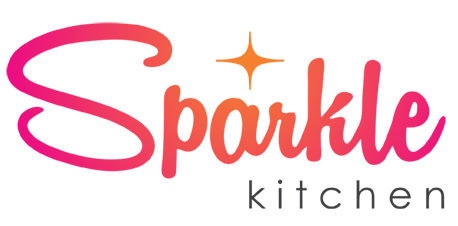To juice or to smoothie? Both are exceedingly popular and both have their pros and cons.
Let’s first become clear on one thing, juices and smoothies are not meals. All the weeklong juice cleanses touting health benefits are a nutritional disaster. Our bodies were designed with teeth for a reason. Biological needs are met when food is chewed. Yes, it’s true there is a lot of nutrition packed into one cup, yet the human body cannot run on a liquid diet.
The act of chewing food actually begins the process of digestion. It starts in the mouth. When food it chewed it is mixed with amylase enzymes found in the saliva, which helps break down the food. This prepares it for the entire digestive system.
The idea around juicing and smoothies is this, “let’s cram as many vegetables, fruits, powders, nut-butters and fancy superfoods into one cup and call it a meal.” While it may sound like a recipe for optimal nutrition, it’s easy to go over the top.
Think of juices and smoothies as a supplement.
JUICING
CONS:
1. Juicing a fruit or vegetable strips away the fiber, leaving only sugar behind. The liquid form absorbs quickly in the body and causes spiked insulin levels. Plants in their whole form are naturally rich in fiber and this fiber helps to slow down the body’s absorption. For those with insulin regulation issues its best to stay away from juices.
2. If enjoying juice with a meal, the water content competes with and interferes with the hydrochloric acid in the stomach, causing inference with digestion and absorption of nutrients from the other food.
PROS:
1. Juice can be used as a tool for detoxing for those in good health. For example pomegranate juice increases the body’s glutathione levels and can be incorporated for this benefit.
2. When struggling to get the necessary nutrients needed for proper body functioning, juicing is a good way to get more nutrients into the body. If you have a less than stellar diet, a green juice can help with some nutritional deficit, you just need to make sure to get the best easy clean juicer, this way you get the best juicing quality.
SMOOTHIES
CONS:
1. Many smoothies from restaurants and popular chains can be categorized as dessert. And there’s nothing wrong with that if you’re treating it as such. Throwing some kale into a mango, coconut, pineapple smoothie does not make it just as nutrient dense as a salad.
2. Smoothies pack in the sugar and calories per serving. Think about how many strawberries, mangos, blueberries and pineapple are in one glass? That’s quite a bit of fruit. Pureed fruit goes down quicker than if you were to devour a large fruit bowl. Now if you’re mixing vegetables into your smoothies the amount of sugar will greatly decrease.
3. Raw vegetables are not always best for nutrient absorption. Each vegetables is different like each person’s body is different. Some are absorbed more easily when cooked down. Kale is known to be difficult on digestion. And be cautious when starting out on a whole foods diet. The body needs time to adjust to eating large quantities of fiber-rich vegetables, so go gradually.
PROS:
1. Smoothies contain the whole food, fiber and juice for full nutritional benefit.
2. A blend of fruits, vegetables and protein make an ideal post work-out meal.
3. Adding smoothies to kids diets is a good option for those strongly resistant to all vegetables. By blending up greens with mango, the fruit masks the vegetables enough to avoid a battle.
4. For those trying to gain weight, smoothies are a good option. Make one with protein, either grass-fed whey powder or a nut-butter. Then add some fat like avocado, coconut cream, or full-fat dairy. The fat allows for the nutrients in the plants to be more absorbable and it will keep you full longer.
Juices and smoothies definitely have their place at the nutrition table. Look at them as a supplement to enhance your regular three meals a day. Now I’m going to enjoy my green super smoothie, as dessert.

